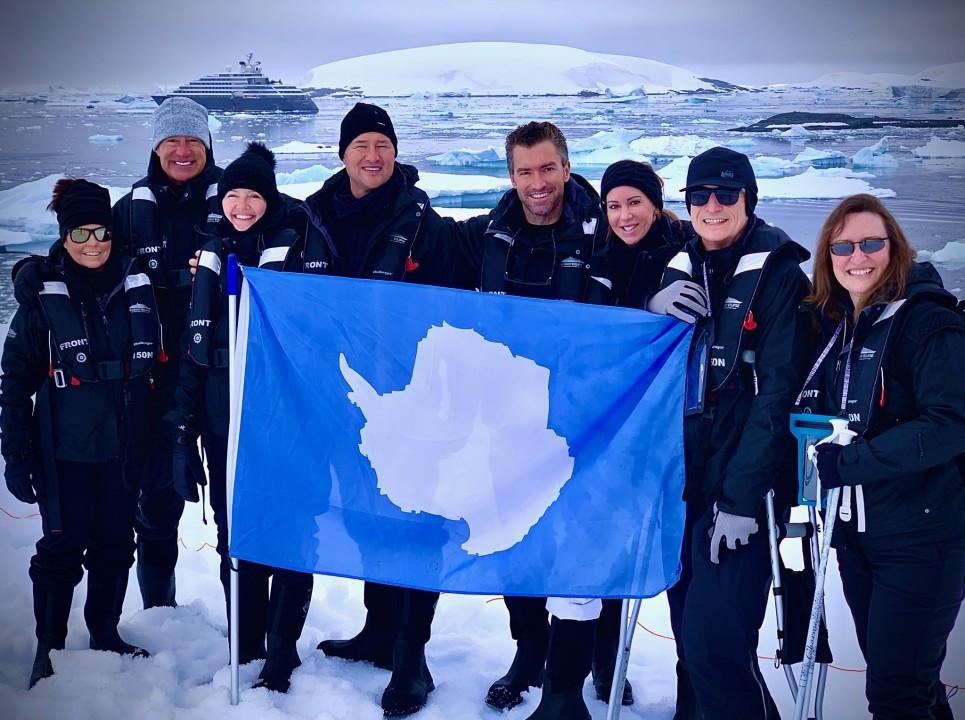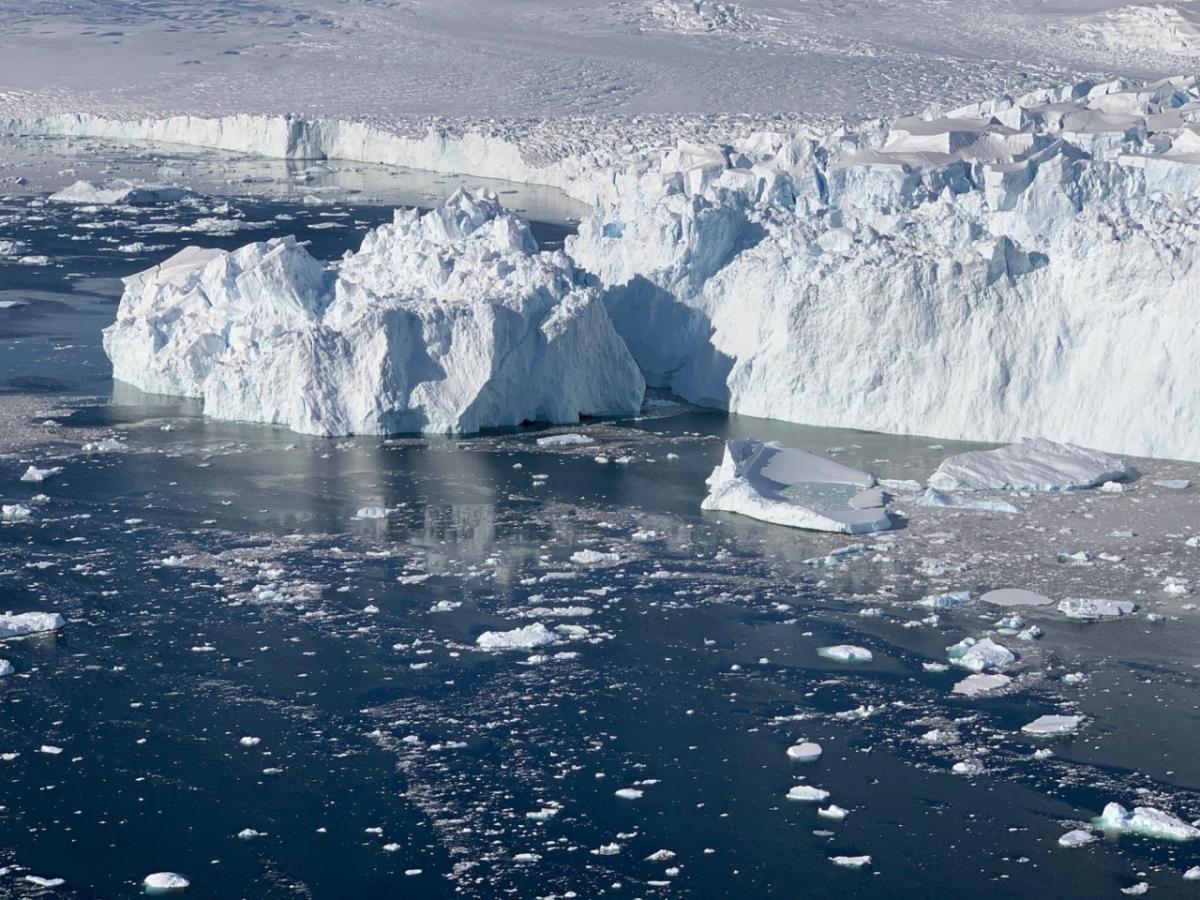Thoughts from a Trip Way Down Under
As I write this, my wife Linda and I are heading home after a two-week adventure cruise here in Antarctica. It’s always been a bucket-list item for me to touch the seventh continent. However, as I think back to the planning stages of this trip a year ago, I admit I felt a sense of urgency. While I’m an optimist on all matters – including the potential for technology to help reverse climate change – I worried that in my lifetime this special place might never be the same. So we decided we should embark on this trip sooner versus later. And I can honestly say, Antarctica did not disappoint!
Early February was a magical time to cross the Antarctic circle. An astonishing 90% of our planet’s ice and 70% of our fresh water is amassed here on the ‘white continent’. If Antarctica melted, our oceans would rise more than 200 feet globally. Throughout history, it’s a continent that was never claimed, but is beautifully governed by a treaty among nations. No one here is permanently a citizen, but everyone is a visitor – and most of the people here are researchers.
The magnitude of the continent baffles the senses. The area of Antarctica is larger than Europe and larger than Australia. It’s more than half the size of North America. It is surrounded by the three largest oceans in the world – the Pacific, Atlantic, and Indian. The fastest sea route here is from Ushuaia, Argentina at the southern tip of South America. We sailed via the 1000-kilometer Drake passage, known as one of the most treacherous bodies of water on earth to navigate. Fortunately, our passage down to Antarctica was relatively calm. That said, our trip back north across the Drake passage was a bit more exciting, with 5+ meter swells and wind gusts over 60 knots. We definitely had the “Drake Shake” on the way home.
Before this trip I had a list in my mind of my favorite places in the world: Swiss Alps, Alaska, Yosemite and Glacier National Park. If I were to do a mental exercise and combine the best attributes of all four of those places (!), Antarctica surpasses them all. Every turn of our ship opened up a bay lined with a new set of mountains and glaciers pouring down vast gorges, each filled with mammoth icebergs galore. Every inlet teems with whales feasting on krill, along with seals of every variety lounging on icebergs and rocky shores. We saw thousands of penguins with their new young, preparing for the harsh winter soon to descend upon them. We even had a National Geographic moment when a pod of killer whales attempted to have a massive fin whale for lunch!
When I ponder famous explorations by Ernest Shackleton and other brave souls who sought to ‘conquer’ the continent, it reveals a simple truth: Antarctica cannot be conquered, only experienced. When the continent is kind, it allows us to admire and revere its harsh beauty.
This is officially the coldest place on Earth. In 2018, scientists measured the lowest recorded temperature ever in Antarctica at minus 94.7 degrees Celsius (minus 144 degrees Fahrenheit). Much of the inner continent is literally a frozen desert. Against that backdrop, we were distressed to learn that within the past two weeks – during our trip – Antarctica recorded its highest temperature ever on the continent at 18 degrees Celsius (65 degrees Fahrenheit). Researchers have documented that between 1979 and 2017 the amount of ice lost annually from the Antarctic ice sheet increased by 600%.
After a two-week break, I return home renewed, awed and challenged. Renewed by the joy of experiencing this special place with my wife and friends. Awestruck by the incredible (sometimes overwhelming!) beauty of the white continent.
Perhaps most important, I return home challenged. While we barely understand the full impact of the Antarctic on our planet, I come home with a greater sense of urgency than ever to preserve this continent, our climate and our planet. I’m more committed than ever to the decarbonization efforts we’re driving at VMware, as we aspire to do more than our fair share to be at the forefront of environmental sustainability. That includes reaching carbon neutrality and achieving 100% renewable energy for our global operations – two milestones we achieved in the last 18 months. We're also pushing the envelope on sustainable innovation -- for example, we’re working with the City of Palo Alto on a community microgrid that will integrate on-site solar power with battery storage and Smart Grid software controls. Our end goal with this project is to demonstrate a model that communities around the world can learn from, as they seek solutions to decouple energy use from carbon emissions.
While these initiatives are a great start, it’s clear we must do more. Not only for the sake of a healthy environment for our businesses to thrive, but for the sake of our grandchildren. I am left with a profound question: can we protect ecosystems like Antarctica that play a critical role in stabilizing our planet, so that we leave it a better place than we found it?




